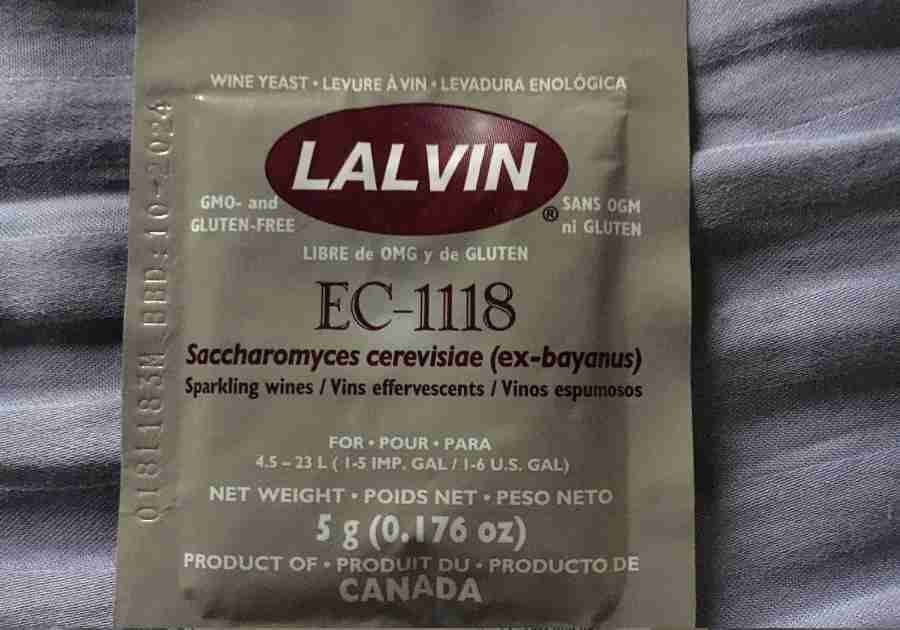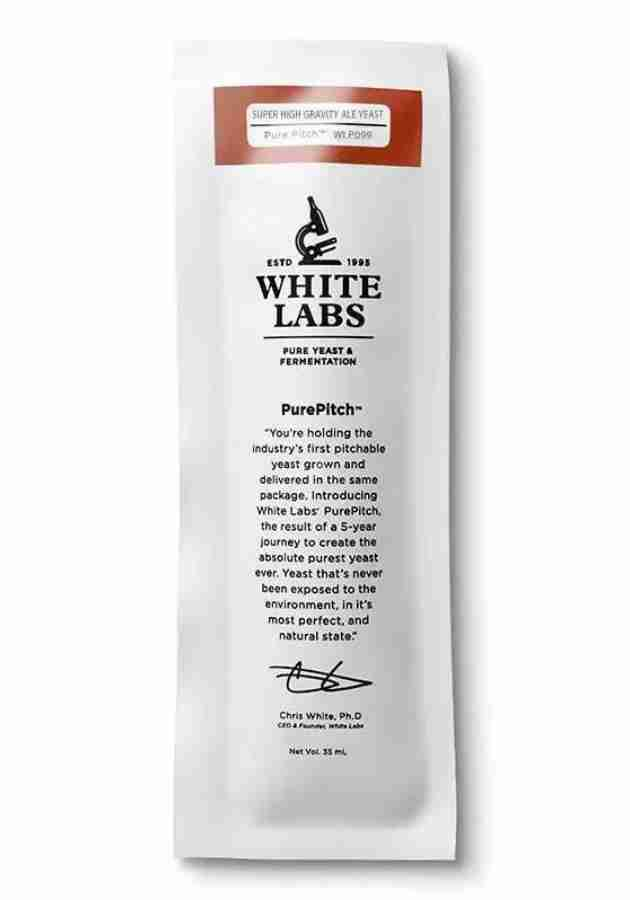When starting out in homebrewing I just wanted to make mead and have it turn out good. I wanted a tasty beverage that was a moderate abv in line with what mead traditionally is. After a few runs my friend suggested we try to bump up the abv. This turned out to be harder than it looks.
In order to make mead stronger, you can’t just add more sugar and call it a day, you have to have all your ducks in line with your brewing process. You have to take way more care of your fermentation. This includes having the right yeast strain, brewing at the correct temperature range, having the right nutrients, doing the correct nutrient addition schedule, and potentially step feeding your mead.
The thought of having to do all this could seem stressful to some and possibly too much work, but the reality is it’s pretty easy. Don’t let the added steps dissuade you from giving a high abv mead a shot.
Why Do You Want to Make Mead Stronger?
Before you get into making a high abv mead, ask yourself why it is that you want to make it. The reason I bring this up is that a lot of the time high abv mead isn’t what people are expecting. When I have people try mead for the first time I see a reaction that it’s not what they were looking for. I get the impression they are expecting something super sweet. Anyway, high abv will most likely not be very sweet as most of the sugar is fermented into alcohol. If this high abv mead of yours isn’t aged well, it could come off tasting like rocket fuel. So if you’re just looking to add more alcohol to get more bang for your buck just realize you might be sacrificing for high abv.
Another thing to consider is that the fermentation process itself will take a long time due to the nature of it having to do more work. This might mean it would be a year before it even gets out of the secondary. As long as you know you’re in for the potential long haul you should be good to go. But again, if you’re trying to make fast mead but with more alcohol you might run into some problems.
If you are, however, trying to expand your horizons or level up your brewing experience, read on and we’ll get to the goods.
How High of an ABV is High?
When I say high abv, it could mean different things to different people. Typically there are 3 different classifications of mead according to how high the abv is in them. They are Hydromels, standard mead, and sack mead. Hydromels are the low abv meads anywhere from 3.5-7.5%. Standard Meads are from 7.5-14%. Sack Meads are 14% and greater.
A lot of the recipes I see all over the place are for standard meads. They are easy enough to make without any kind of intricate methods. Usually just pitch yeast and let it ferment. Sack meads are also relatively easy to make with some yeast strains. Once you start getting past 15% though you could start running into some difficulties of stalling.
So if your idea of a high abv mead is just a sack mead, just follow the recipe of a sack mead and you should be good to go. However, if your idea of a high abv mead is something like 20-25% abv, you’re going to have to be meticulous and follow the right steps.
Using Enough Honey/High Enough Gravity
The first step of having a high abv mead is that you’ll need enough honey, or other type of sugar, in order to bring the gravity up enough so that your yeast has enough to chew through. If you don’t have enough sugars in your brew, it simply can’t make enough alcohol.
This will mean more upfront costs as honey or other sugars are going to cost you. If you’re making a traditional mead, we could be talking about a lot of honey, and let’s face it, honey is pretty expensive these days.
Typically with a high abv mead, I’ll mix the honey with some type of fruit juice for a high gravity as I did with my fall 1 gallon spiced cyser. This will bring up the initial gravity to somewhere that will give me a high abv.
Using the Correct Yeast Strain
Maybe the most critical factor in creating a high abv mead is what yeast strain you are going to use. Yeasts have different alcohol tolerances. Once the yeast creates enough alcohol in your brew, the alcohol will overpower the yeast and start killing them causing the fermentation to stop. So you’re going to need a yeast that specifically states that they can handle high alcohol percentages.
Two of the most common yeast strains that are used for a sack mead are K1-V1116 and EC-1118. EC-1118 seems to be the most popular as people have been able to push the alcohol level to 19 or 20% even though it’s rated for 18%. That being said, in order to get it to those upper ranges everything has to go right. Most of the time, these yeasts will stall out around 15-16% abv.
What if you wanted to go into the 20 percent range and possibly push the limit to 25%? In that case you’re going to need some specialty yeast specifically designed to go to the upper ranges of alcohol percent.
One such yeast strain that is able to reach those levels is WLP-099. WLP-099 is an ale yeast from white labs that has a super high gravity limit of 25%. I’ve seen a few people using this yeast to get high abv meads. They usually have to follow a meticulous protocol and even still have trouble reaching over 20, but it’s certainly possible.
Another yeast strain that will give you high abv is Turbo Yeast. Turbo Yeast is a product that distillers use in order to get a high abv in a short amount of time at the cost of taste. Distillers don’t care as much because they are distilling the alcohol out. As mentioned, if you’re using this for mead there’s a high likelihood that it will produce some off flavors, but it could take you to a very high abv.
Creating the Right Environment for High ABV
When you’re creating a high abv mead, you have to make sure the environment is perfect so that you can get the most out of your yeast. At some point, the amount of alcohol that is being produced will be so strong that it will start killing the yeast.
Besides having a yeast capable of handling a high abv, you also have to have enough food for the yeast. There has to be enough sugar in your brew to have enough substance for the yeast to turn into alcohol. However, you have to play a very tight game because if you use too much sugar, it will just be a syrup and your yeast won’t be able to turn it into alcohol. So everything has to be measured out to perfection.
Another thing that will contribute to a healthy environment for a strong mead is the amount of nutrients that you give it. Honey by itself doesn’t have enough nutrients for yeast to ferment it in a timely manner. You will have to add yeast nutrients like fermaid K or O in a staggered addition schedule (x amount every other day). These staggered nutrient additions have been found to be the most optimal for perfect fermentation.
Finally, the last consideration for a perfect environment for your fermentation of a strong mead would be temperature. Yeasts work best in certain temperature ranges and if the place you are fermenting at is out of those ranges the yeast either won’t work or will give off bad flavors. The temp range for wlp-099 is 65-69 degrees where turbo yeast is various depending on what one you get so check before you use it.
Step Feeding Mead
In order to make a high abv mead you may squeeze more out of your yeast by step feeding it. Step feeding is a way to get around all of the sugar being in the fermenter at once so that the yeast enjoys a nice original gravity in a range that is optimal for it. After the yeast ferments some of the sugars, you reintroduce more sugar into the mix to bring the gravity back up so that it has more to work with.
This way, the yeast isn’t overloaded with too high a gravity at the beginning, and it gets refed more sugar to keep it going. The way to do this is to find the right original gravity for you, and using a hydrometer figure out when it’s fermented some of the sugar. Then simply go in and add more sugar of your choice and bring the gravity up to where you want it again.
Conclusion on Strong Meads
Creating a strong mead is truly a challenge even to the best of homebrewers. You might not get away with just throwing everything together and sitting back and letting it do its magic. You’ll have to get serious and use all the tools of the trade to get the most out of your yeast.



